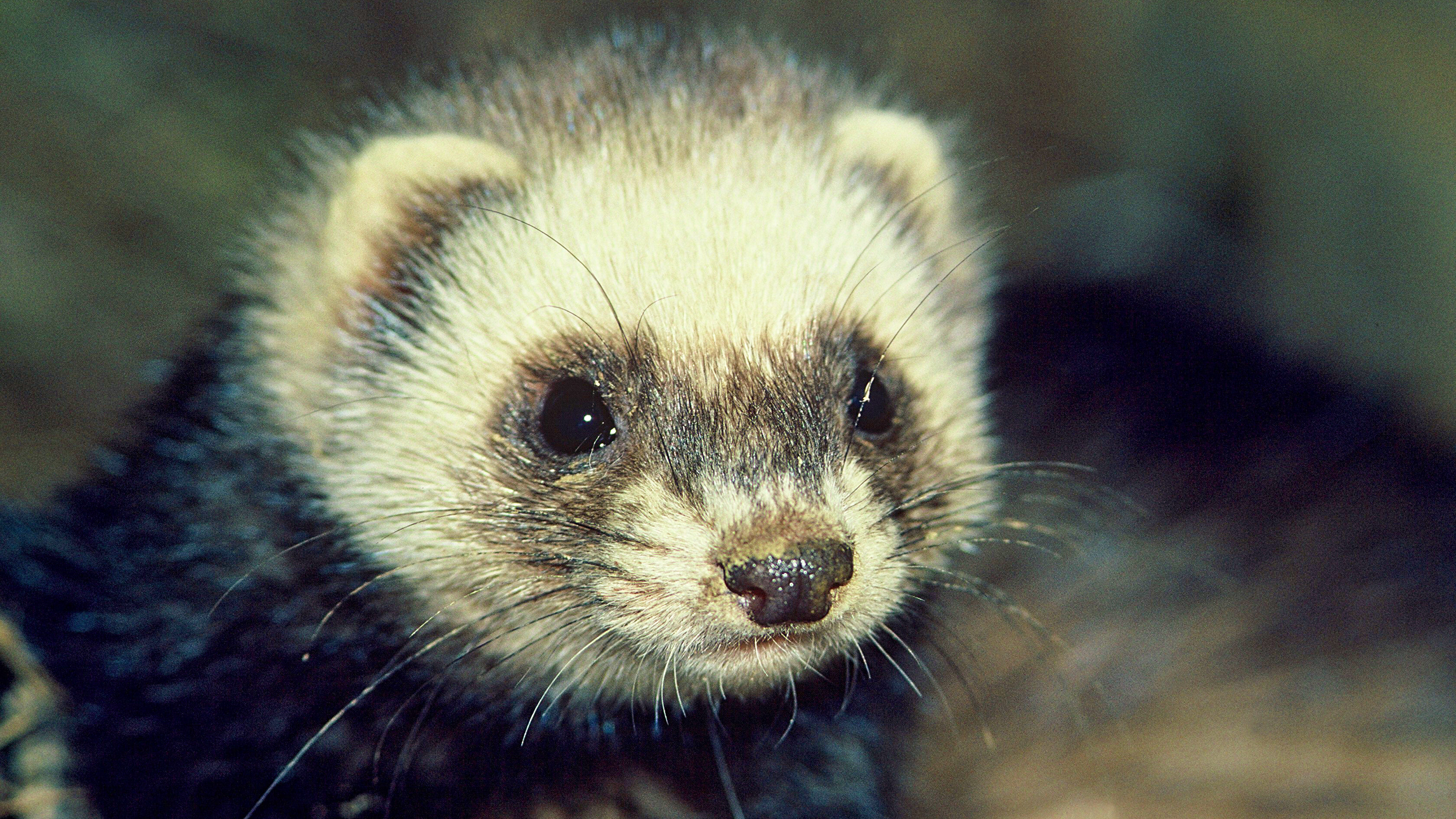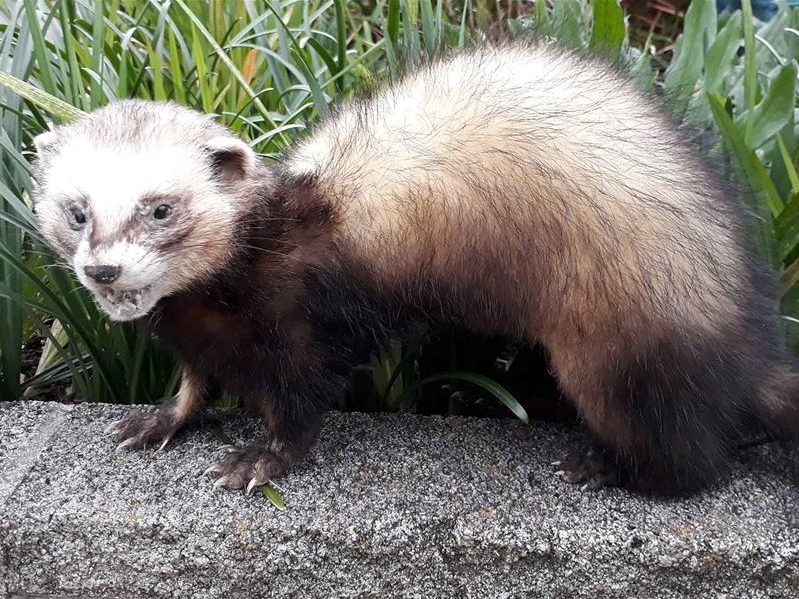When scientists Patrick Garvey (University of Auckland), Alistair Glen and Roger Pech (Landcare Research, Lincoln) tested the response of 18 wild-caught stoats to the scents of bigger, dominant predators, the response of the stoats was the opposite of what they expected.

The researchers used towels from the bedding of ferrets and cats (familiar top-order predators) and African wild dogs (a new scent for New Zealand stoats) and observed how this affected stoat foraging activity in a study published last year in Behavioral Ecology and Sociobiology.
As meso-predators, one step down the predator hierarchy, the scientists expected that encountering the scent of their bigger rivals would act as a foraging deterrent for stoats. They expected the scent to make stoats more cautious, less eager to hunt in the vicinity and possibly even induce them to hide. After all, the smaller stoat is likely to come off second best in any physical clash with their bigger competitors.

The predator-scented towels did make the stoats more cautious. But against all expectations, the scent actually attracted the stoats which came cautiously closer to investigate.
“Upon detecting the scent of a co-evolved predator (cat or ferret), stoats increased their cautious behaviour, but contrary to our initial prediction, they were attracted to the odour; food was consumed earlier in foraging areas with co-evolved predator odour than in unscented areas, or areas with the scent of a novel predator (African wild dog)…. Sympatric predator odour elicited the most pronounced behavioural changes, with stoats cautiously approaching, but readily investigating, the odour source. Ferret odour stimulated the most marked changes.”
Previous research has shown that actually seeing a top-order predator is a deterrent to a meso-predator such as a stoat.
“Stoats avoided the larger predators when they were detected visually and displayed behaviours consistent with fear for the duration of encounters in pen experiments (Garvey et al. 2015).”
But detecting the scent of a dominant rival without being able to detect it visually (‘the rival has been here but moved on’), seemed to have the opposite effect. Stoats would appear to be stimulated to investigate the potential threat more closely.
“Mesopredators may benefit from exploitative eavesdropping as detection of predator odour primes antipredator behaviours, avoids the energetic cost of unnecessary flight and may also help a mesopredator to locate resources. This experiment highlights the role of odour in the assessment of risk and its capacity to alter foraging behaviour by a subordinate member of a predator guild… Our results have practical applications for wildlife management and also increase our understanding of the role of scent communication in predator assemblages.”
So what might those practical applications be?
Long life scent lures:
“A long-life scent lure would have a number of advantages over traps baited with food. First, stoats have colonised some areas that are difficult to access for pest control and cost savings would accrue from the need for less frequent resetting of traps. Cloths impregnated with ferret body odour continue to exude pungent volatiles detectable to a human for over 6 months (PMG, personal observation) and hence might attract target animals substantially longer than fresh meat baits.”
Enticing the trap wary:
“Second, the management of invasive mustelids often needs to deal with low predator densities resulting from in situ survivors of previous control operations or re-invasion of treated areas. Using a scent-based lure increases the likelihood that the few remaining animals will enter a trap.”
Effective even when the natural food supply is high:
“Third, mustelids become difficult to trap with meat or egg baits when alternative food is readily available. Under these conditions—such as in an invasion scenario on a mammal-free island—a scent-based lure that is not related to food may improve the effectiveness of a trapping programme.”
All of which sounds rather promising… A long-life mustelid lure is much-needed and we await further developments.
The research is published in Behavioral Ecology and Sociobiology and is freely available through Researchgate:

